Retro Replay Review
Gameplay
Elevator Action places you in the shoes of Agent 17, codename “Otto,” with a clear mission: infiltrate a 30-floor skyscraper, retrieve top-secret documents hidden behind red doors, and make your escape in the getaway car parked in the basement. The core gameplay loop revolves around riding elevators, dodging or dispatching enemy spies, and navigating a series of vertical and horizontal corridors to reach every required room. Each floor’s layout is carefully crafted to encourage creative use of elevators, escalators, and precise jumps across gaps.
(HEY YOU!! We hope you enjoy! We try not to run ads. So basically, this is a very expensive hobby running this site. Please consider joining us for updates, forums, and more. Network w/ us to make some cash or friends while retro gaming, and you can win some free retro games for posting. Okay, carry on 👍)
The combat system is straightforward yet surprisingly varied. Otto is armed with a handgun for ranged encounters, can perform a jump-kick for close-quarters takedowns, and has environmental options like shooting out ceiling lights to plunge hallways into temporary darkness. This darkness adds tension by making spies harder to spot, forcing you to rely on sound cues or cautious exploration. You can even crush enemies by timing elevator movements correctly, turning the building’s infrastructure into your personal trap.
Movement and platforming demand both timing and strategy. While inside an elevator, you have full control over its ascent or descent—critical when avoiding gunfire or lining up crushing maneuvers. Outside elevators, however, you must time jumps perfectly at the edge of a shaft to clear gaps without falling. Escalators offer alternative routes, letting you bypass heavily guarded sections if you’re quick enough. An in-game alarm adds pressure: linger too long, and it triggers more aggressive enemies and delayed elevator responses.
Graphics
Elevator Action embraces a classic, pixel-art aesthetic that captures the feel of early espionage arcades. Sprites are clean and well-defined, making it easy to distinguish Otto, enemy spies, red-door entry points, and environmental hazards. The choice of a limited color palette gives each floor a distinctive look, from brightly lit lobbies to ominously darkened corridors when lights are shot out.
Animation is simple but effective: Otto’s running, jumping, and firing motions have enough frames to feel responsive, while enemy spies telegraph their actions clearly. Elevators slide smoothly between floors, complete with subtle door-opening cues and motion lines that reinforce the vertical travel theme. When you drop a ceiling lamp, the light-flicker effect is a satisfying visual indicator that the level has shifted into a stealthy state.
Background details like elevator panels, floor numbers, and security cameras add to the immersion without cluttering the screen. The sporadic use of darker hallways during blackouts enhances tension, as silhouettes become harder to read, and each corridor turn could contain an unseen threat. Overall, the graphics serve both function and atmosphere, keeping the action clear while reinforcing the high-stakes spy thriller vibe.
Story
The narrative in Elevator Action is straightforward but effective: as Agent 17, codenamed Otto, you infiltrate a heavily guarded building to secure confidential documents. The game doesn’t rely on lengthy cutscenes; instead, it drops you directly into the action, letting the mission briefing and environmental cues drive the story forward. This minimalist approach keeps the pace brisk and emphasizes player agency.
Every building acts as a self-contained chapter: locate red-door rooms to collect intel, evade or eliminate enemy spies, and reach the basement escape car. If you attempt an early exit without obtaining all documents, you’re forced to backtrack—underscoring the importance of thorough exploration. This design cleverly weaves narrative tension into level structure, making each return trip a reminder of Otto’s high-stakes mission.
While there are no voiced dialogues or extended cutscenes, the in-game alarm and increasingly aggressive enemies after a time limit serve as narrative devices. They convey a sense of urgency and heighten the impression that spies are closing in. In just a few short minutes per building, you experience infiltration, intelligence gathering, and a precarious escape, all wrapped in a tight espionage theme.
Overall Experience
Elevator Action delivers an engaging blend of action, strategy, and platforming that stands the test of time. Its simple controls and clear objectives make it instantly approachable, while the multi-floor building layouts and environmental mechanics add depth and replayability. The balance between timed urgency and methodical exploration keeps each run feeling fresh.
Difficulty ramps up sensibly as you progress through the 30 floors: new enemy patterns, darker hallways, and faster elevator speeds challenge your reflexes and strategic planning. The alarm mechanic ensures no complacency—loiter too long, and the building turns into a gauntlet of hostile spies. Yet, mastering the timing for jumps, elevator control, and environmental kills provides a genuine sense of accomplishment.
For fans of retro arcade action or anyone seeking a compact but challenging spy thriller, Elevator Action remains a standout title. Its tight gameplay loops, atmospheric visuals, and constant tension create a memorable experience that continues to inspire modern indie and retro-revival projects. Whether you’re aiming for a high-score run or simply enjoying the thrill of infiltration, Otto’s mission offers enduring excitement.
 Retro Replay Retro Replay gaming reviews, news, emulation, geek stuff and more!
Retro Replay Retro Replay gaming reviews, news, emulation, geek stuff and more!
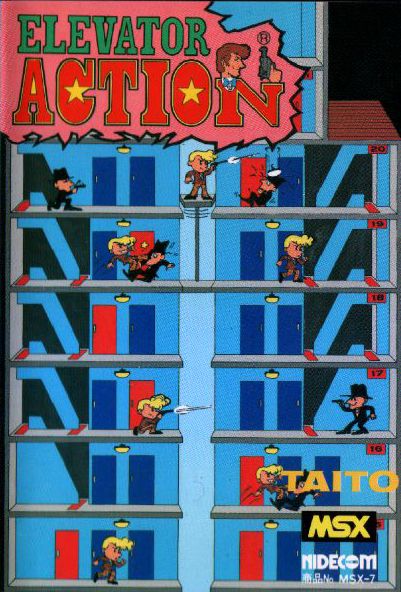
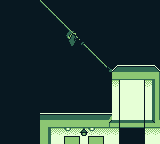

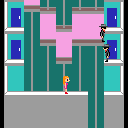
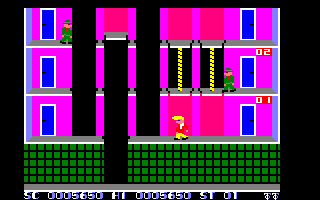
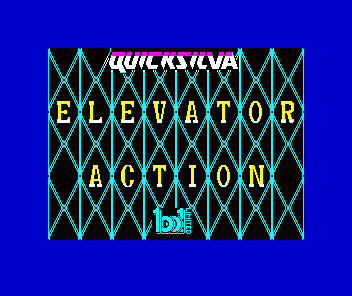



Reviews
There are no reviews yet.